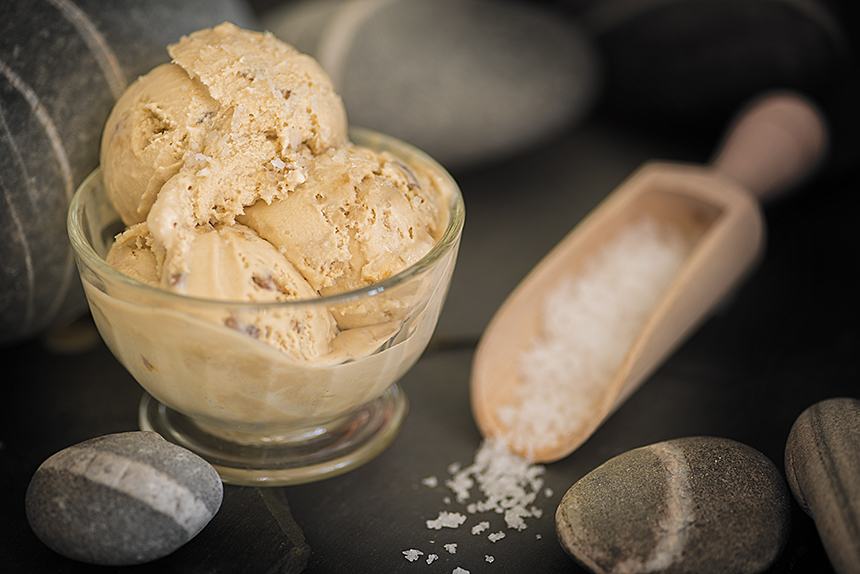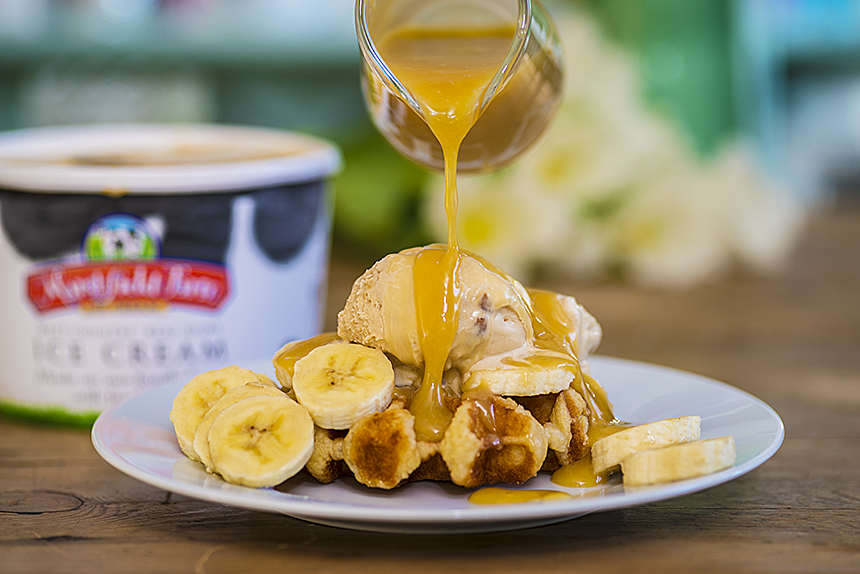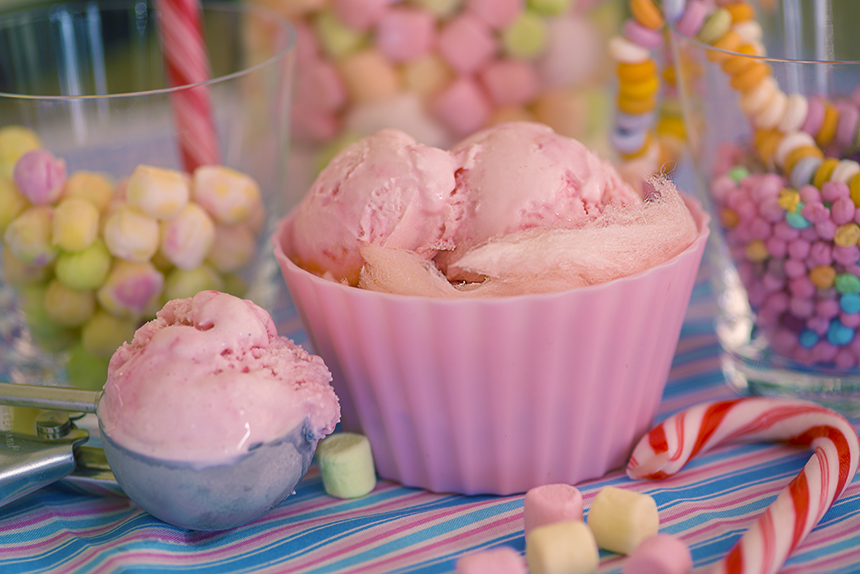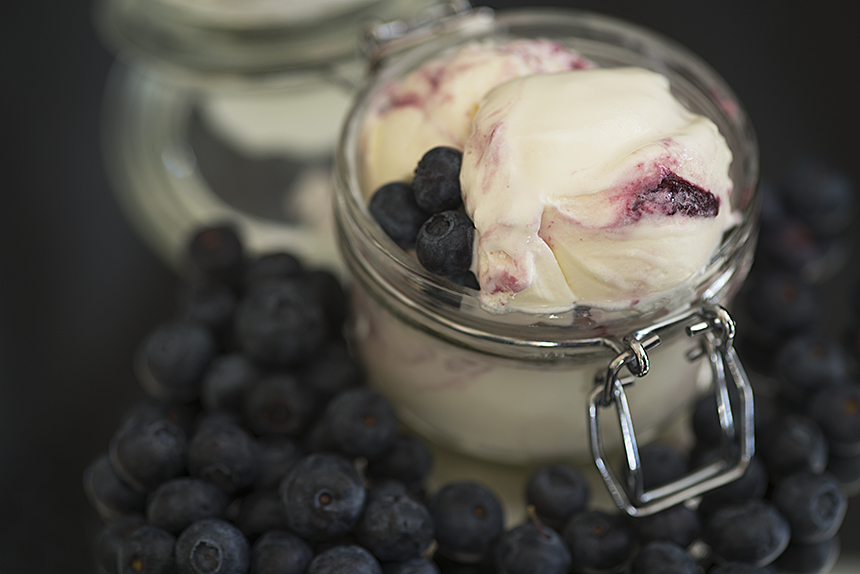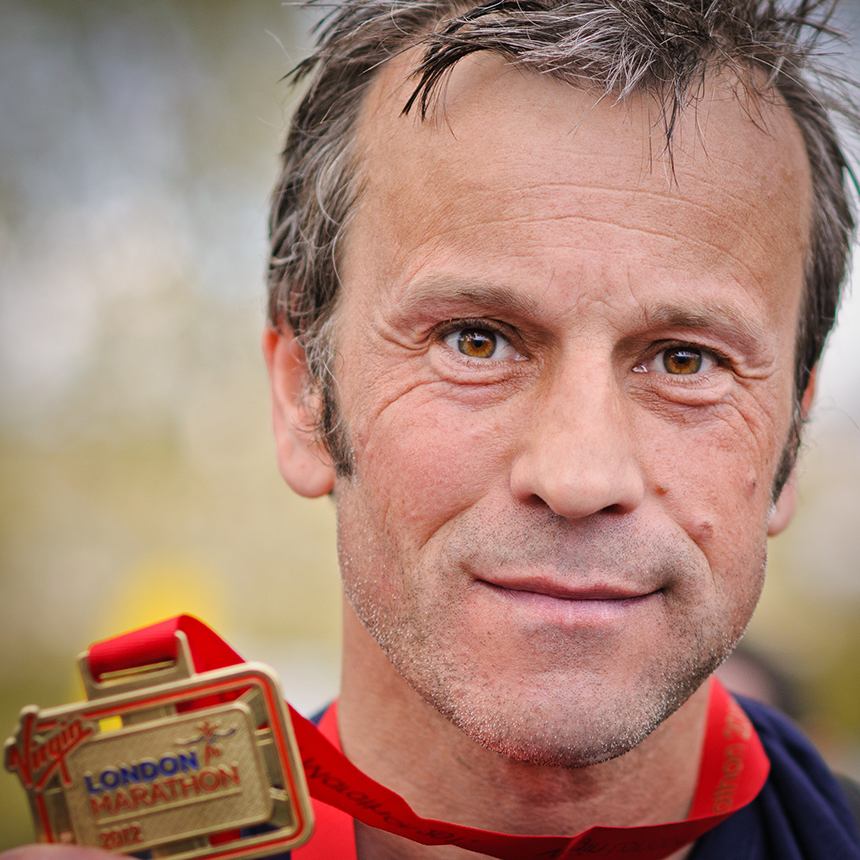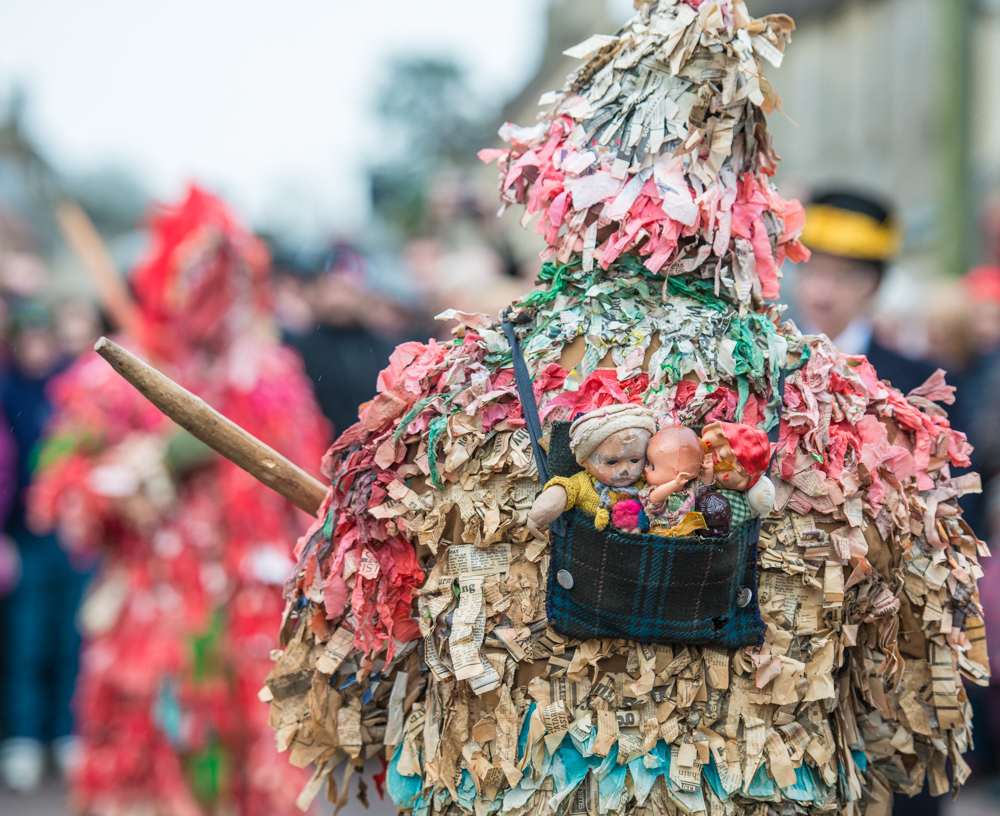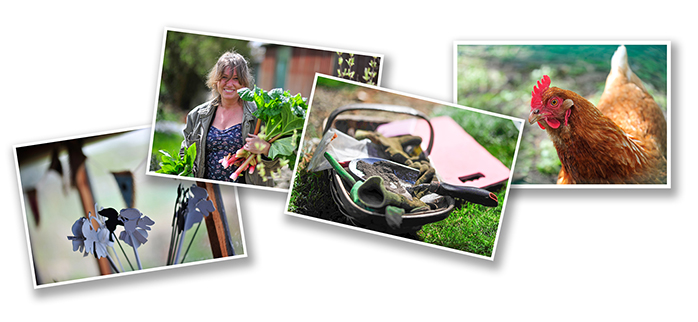Food photography for Marshfield Farm Ice Cream
With product and food photography it is essential that the serious photographer familiarises themselves with the item to be photographed before the shoot, and ice cream is NO exception. With a highly professional approach to my subject, I had to familiarise myself with several scoops of ice cream before I was anywhere near ready to proceed with the photography.
Marshfield Farm Ice Cream near Bath have just added some new flavours to their range and I was asked to photograph them. The new flavours include Sea Salt and Caramel, Luscious Lemon and Candy Floss.
The images are to be used for point of sale, press, public relations, trade journals and on social media. In the run up to the shoot, the client, art director and I discussed the new flavours, agreed a shooting plan and decided on props and settings for each of the pictures.
We chose props and locations that complemented the products without overpowering the shot. For the Lemon flavour we kept the palette simple and clean to reflect the fresh taste of this product. For the Sea Salt and Caramel we found some large pebbles and slates and a salt scoop that had a similar colour to the ice cream. The Candy Floss flavour was more playful and aimed at a younger market so we used brightly coloured props around the ice cream.
With a wide range of potential uses the high resolution files were often over 100MB in size, these images provided sufficient detail for most print applications and could be resized for lower resolution applications.
You can see more examples of my food photography in my food gallery

